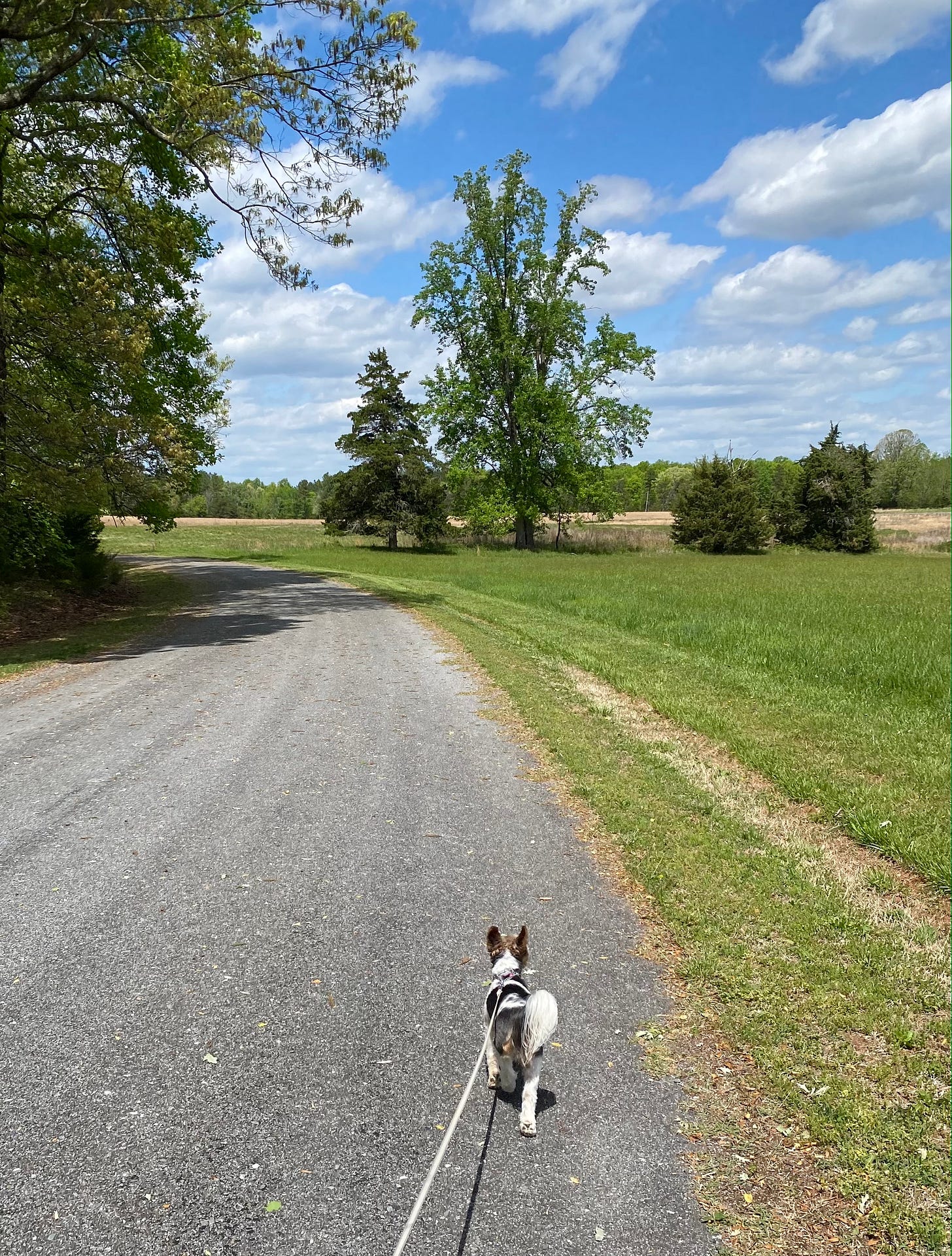The day has arrived. You knew it was coming—well, I knew it was coming. One has limits, you know.
Maybe you’ve never clicked on and read the About section here, but if you had, you would have read the part about occasional grammar and usage lessons and how I try my best to make them fun. And you’re in luck! Today I’m going to share some tidbits of grammarly wisdom I’ve picked up over the years, and you can let me know how I did on the fun-scale. Please be kind.
There are a couple of issues we will be addressing here today, although I could include a hundred at least. And after this post, so many people will email me asking if I will cover their grammar pet peeve. I want you to know I read every single email, and I actually keep a list in the Notes app on my phone of things you all ask me to talk about.
I’ve heard many times that as writers, we must strive to serve our readers and that truly is what I want to do. I love hearing from you, and I want to give you what you ask for. So if it’s straightening out the people who use “loose” when they mean “lose,” I’m here for you. Let’s do it. Ready?
What is Hank doing in this photo other than completely ignoring the heel command?
He is leading me. Hank is in the lead. He is in front of me, pulling me in the direction he wants me to go. Hank never wants me to lead because he is the dog version of a control-freak enneagram 8 and will not allow anyone to be in charge of him. He must be in the lead at all times. Never a follower, this one.
Lead: pronounced leed, is a verb that means to guide to a desired destination.
Hank leads me.
Simple enough, right? But there is a word that looks astonishingly similar to lead, probably because it is, indeed, identical in all facets except for its pronunciation:
Lead: pronounced led, is a soft, heavy, metallic element with atomic number 82. It’s what bullets and pencils and toxic paint used to be made of. It’s what we tell someone to get out when we want them to hurry up, as in Get the lead out!
Here’s where the confusion occurs: the past tense of lead (definition 1) is led, which is pronounced like lead (definition 2), and that makes people write lead when they mean led. If I had a nickel for every time I read something along the lines of
My friend lead me astray.
I would have my house and land paid for with money for more cows in the bank.
If you read that sentence and pronounce the word led, you are saying your friend has a heavy metal problem and it doesn’t even make sense because there is no verb in there and we all know that is so far outside the rules of English you could go to jail for it. What you mean is
My friend led me astray.
So whenever the action of leading is taking place in the past (yesterday or before), you want to write L E D—led. Hank led me on our walk today.
Now if that wasn’t just the most exciting thing I’ve written in a long time . . . don’t you agree? Isn’t this so much fun?
Hank thinks so. Let’s do one more just because we’re having fun and don’t want to quit yet.
Do you know what this is?
(Thanks to istockphoto for this image.)
That’s right, it’s a pigeon. But not just any pigeon; it’s a homing pigeon. It’s called a HOMING pigeon because it HOMES.
What’s that, you ask? To home, as the word is used to describe these birds, is “to move to or toward an objective by following a signal or landmark.” (Thanks, Merriam-Webster.) It is usually used with in or in on, like this: home in on. If I am terribly hungry, I might try to home in on the nearest Chick-fil-A. Think of it as a going home sort of thing. I home toward my desired destination.
Here’s where the confusion arises, and I bet you already know what I’m going to say because you are awesome like that.
A lot of people (but surely not you) confuse home with hone, which is in a whole different ballpark, and they say things like “The police honed in on the suspect.” I certainly hope that’s not the case, because that would be one sharp alleged-criminal if he (or she) were being honed.
Hone is a verb that means “to sharpen; to make more acute, intense, or effective,” and that is the opposite of what those police should be doing. We don’t need more effective suspects roaming the streets, so please don’t hone them.
But also, when you are writing, don’t use hone with in on.
Hone is what you do to a knife or an ax or a skill. You make it sharper, more effective. It doesn’t need any helper words, so please use it all by itself.
So we home in on a place, and we hone a blade. We might hone a throwing knife before we use it to home in on the target.
We may have led the cow to water, but we weren’t able to make her drink.
And there you have it—one pain-free, wonderfully fun usage lesson under our belts. Aren’t you glad you stuck around for it? I knew you would be!







Every time I have to try to remember whether to use "hone in on" or not, I think of you! Lol